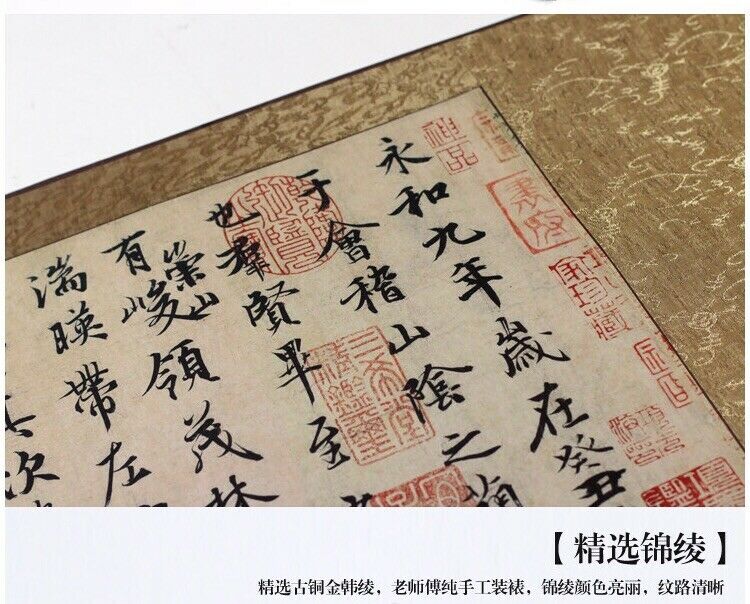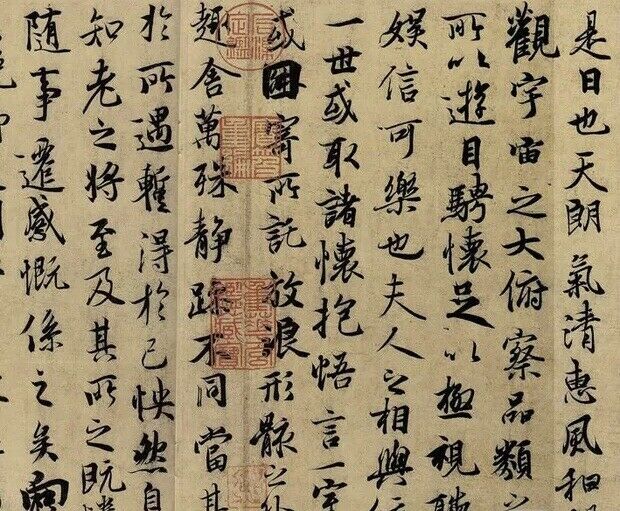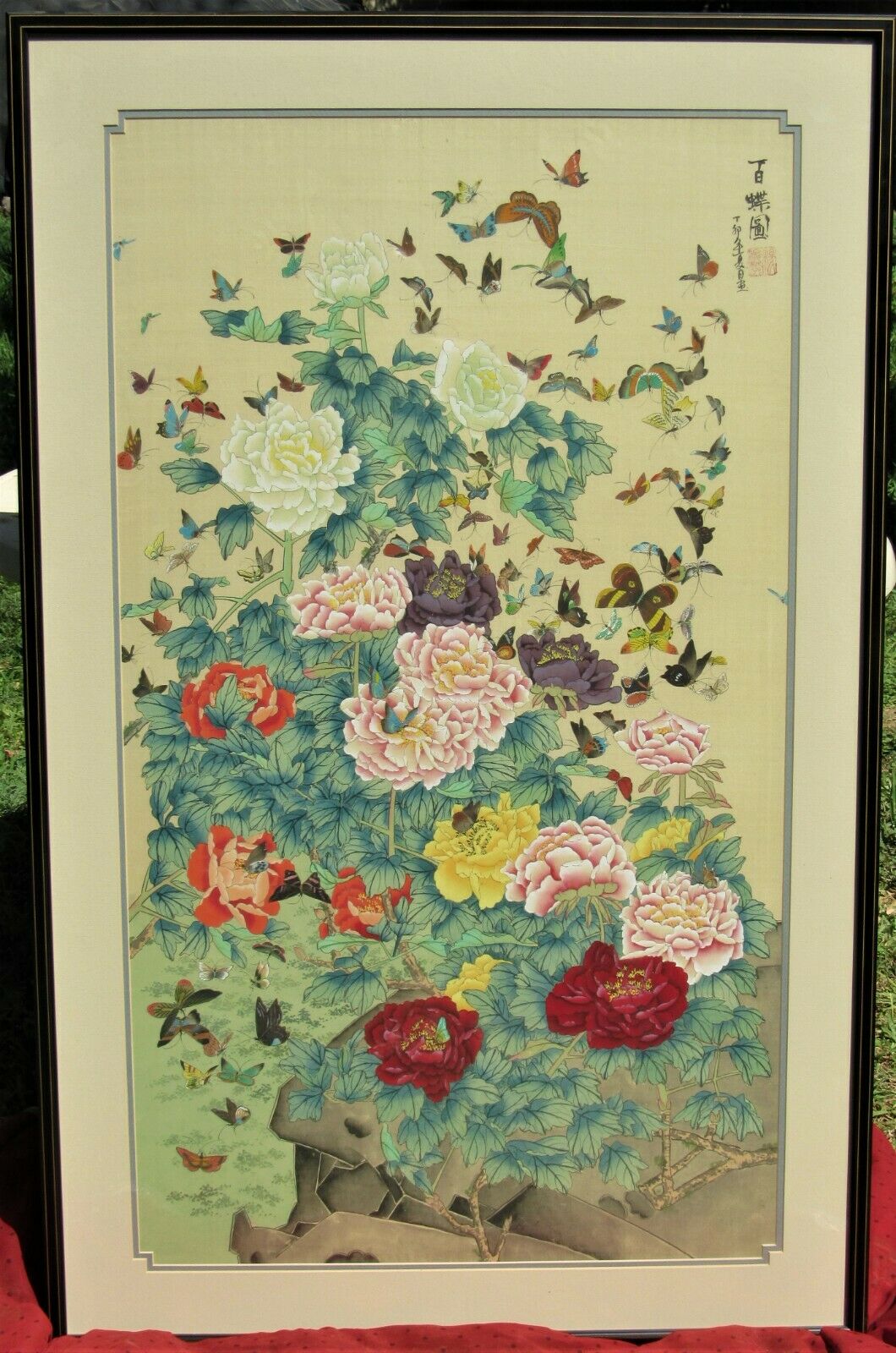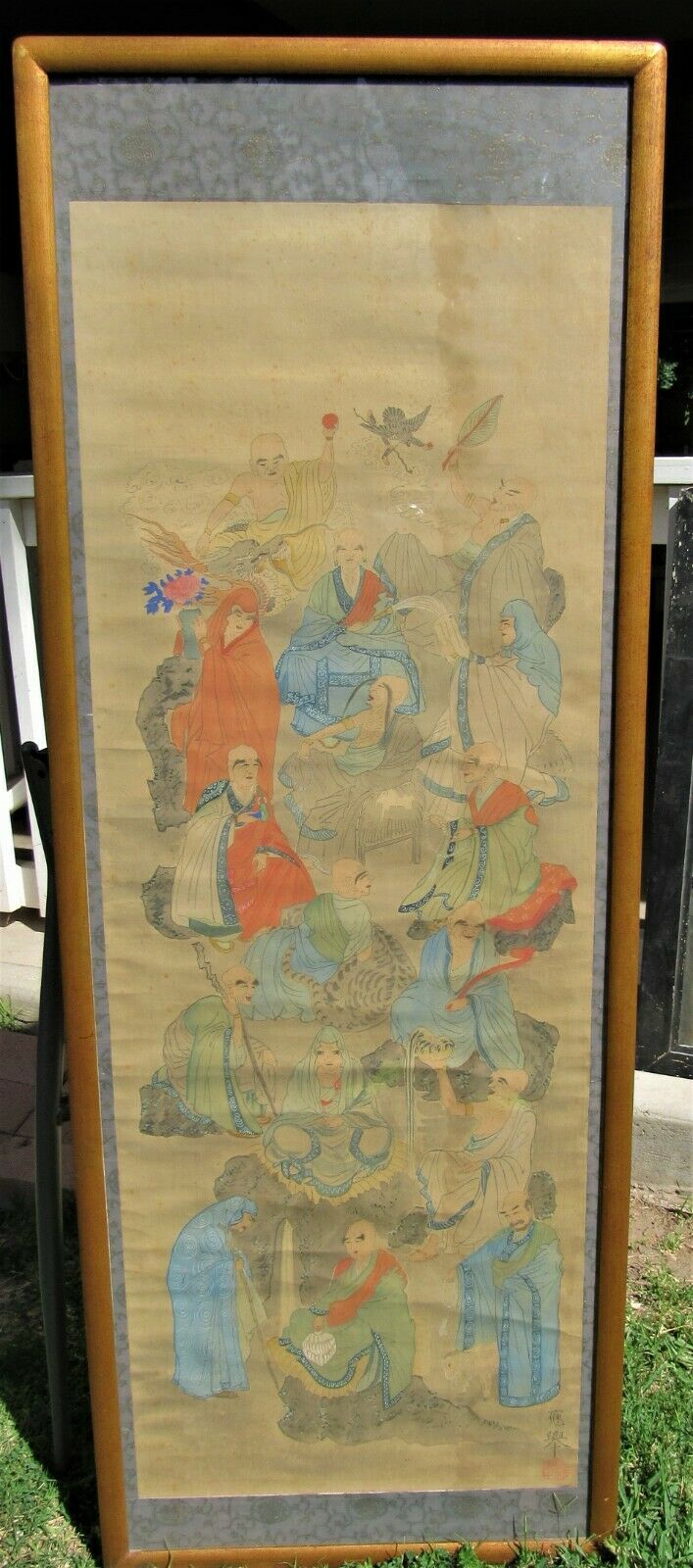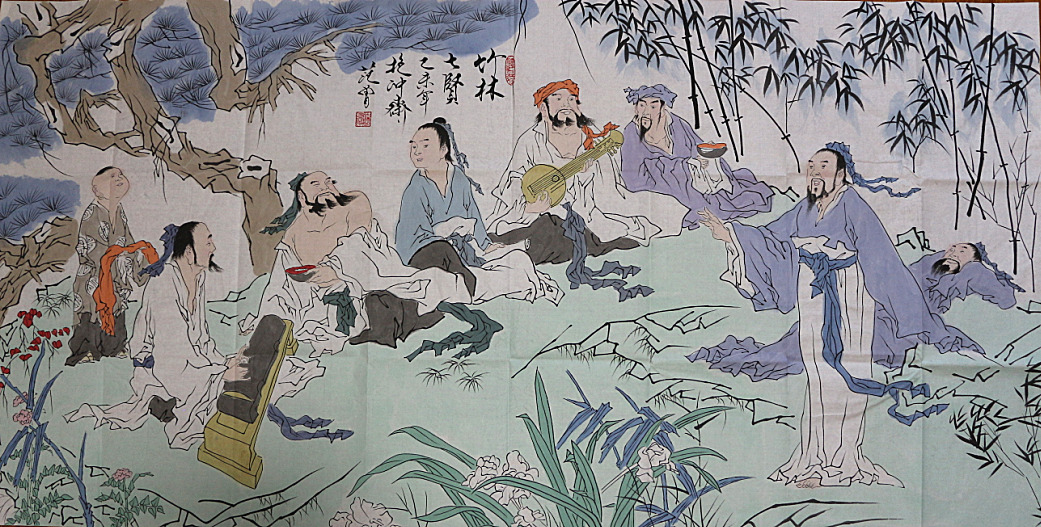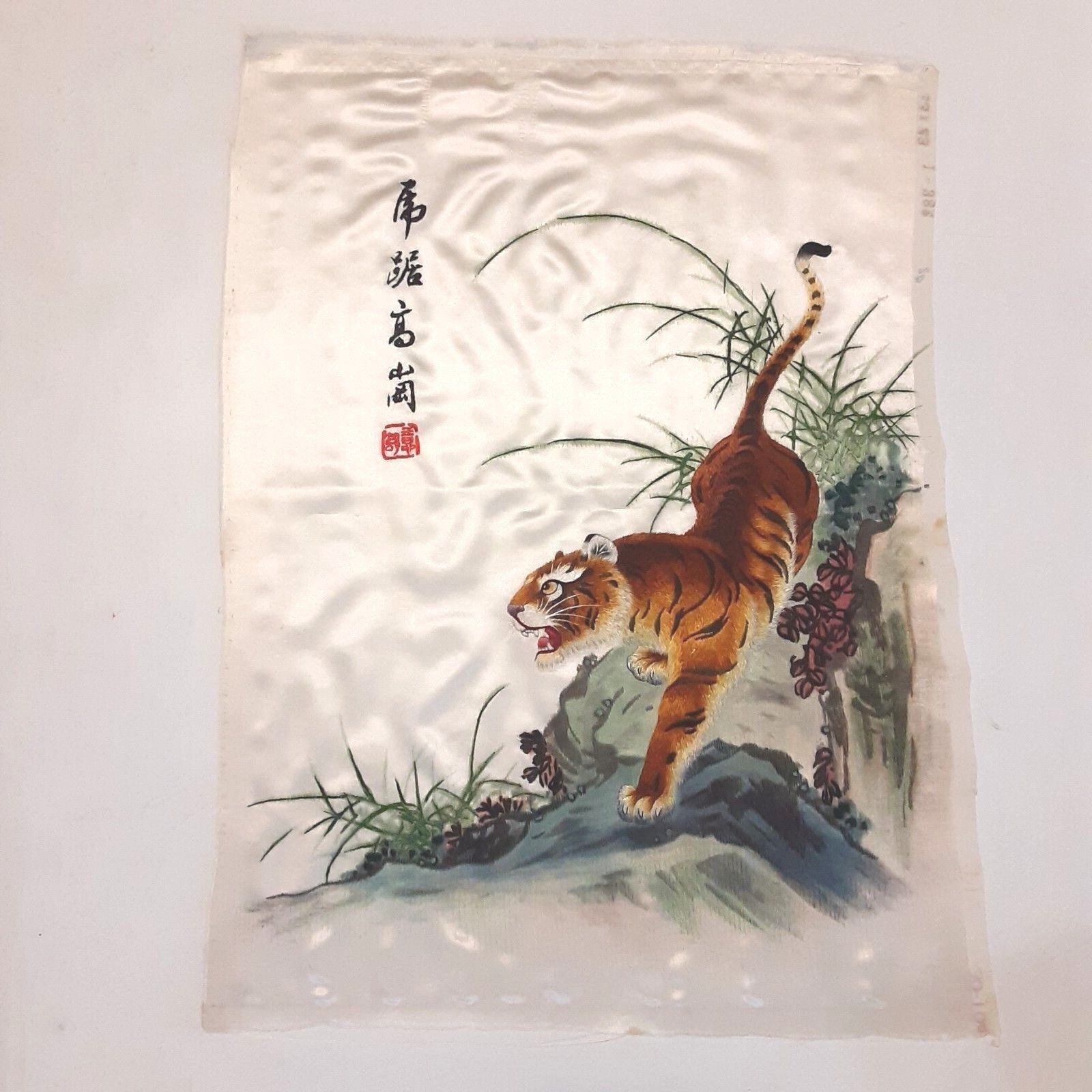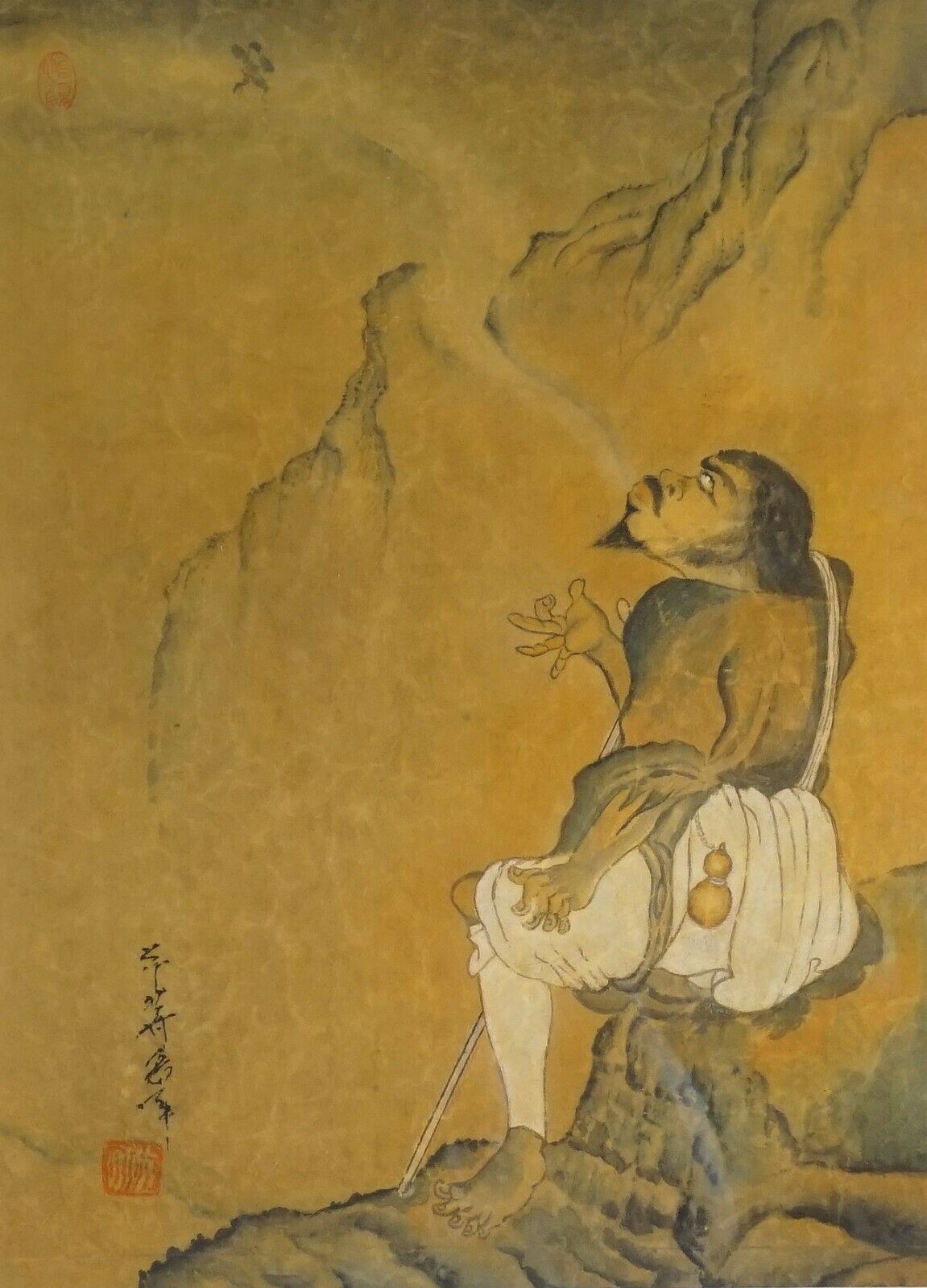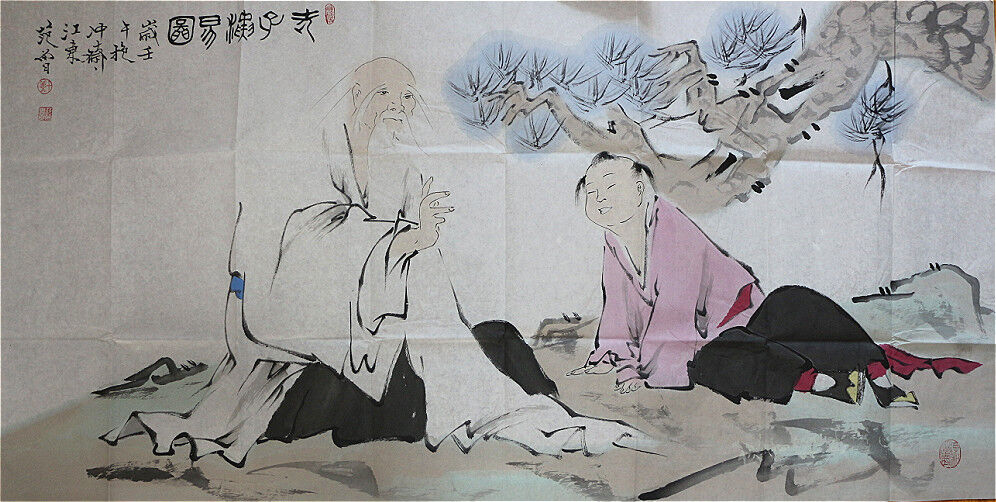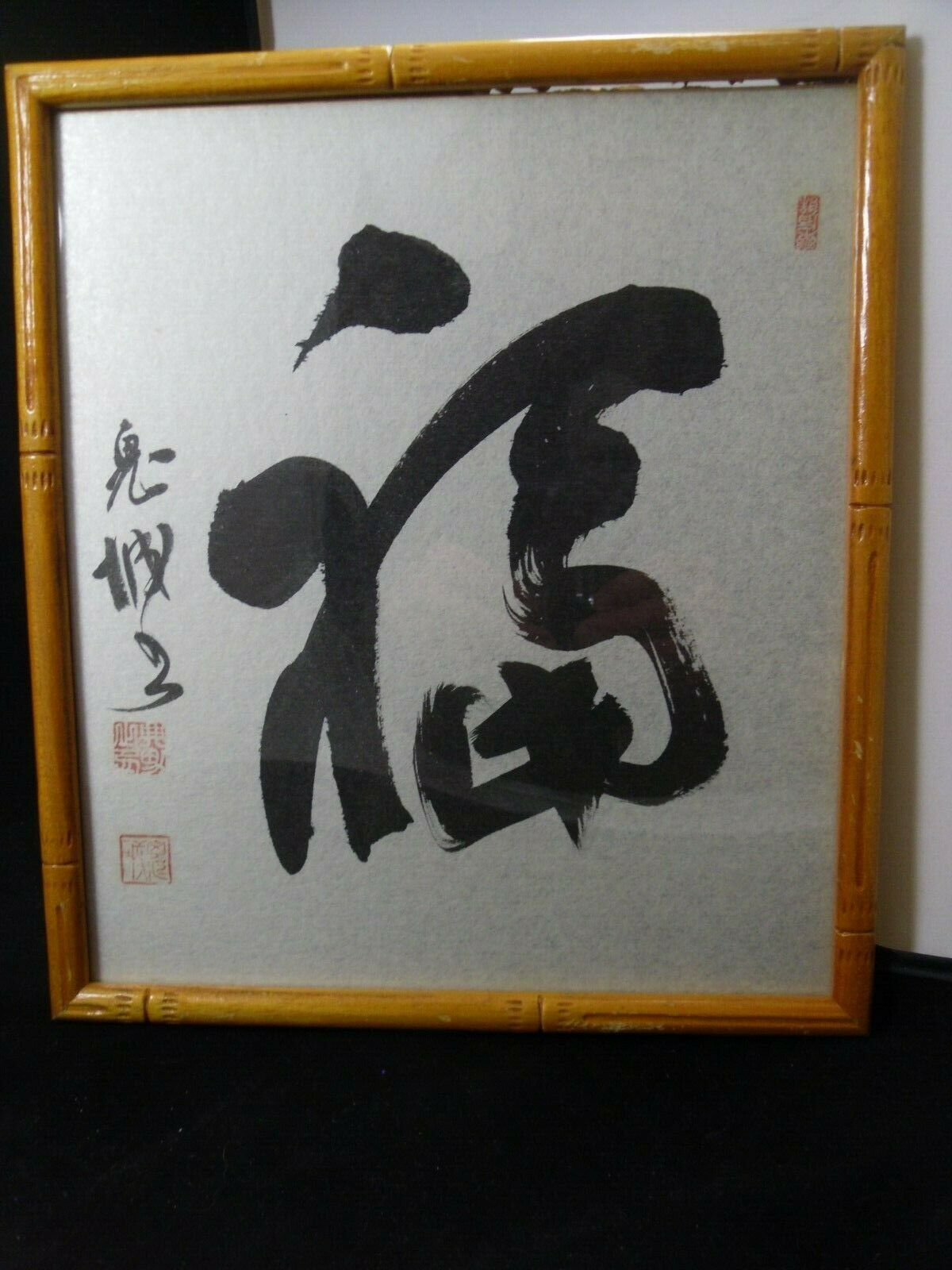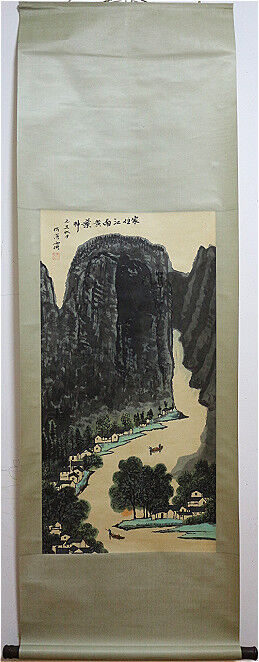-40%
Ancient Chinese Painting Calligraphy of the Orchid Pavilion Copy Version 兰亭序
$ 33.26
- Description
- Size Guide
Description
Ancient Chinese Painting Preface of the Orchid Pavilion Copy Version 兰亭序By: Wang Xizhi
Jin Dynasty (265–420)
Size:
1.62x0.38m
Material: Xuan Paper of Anhui ; 安徽特级宣纸
Great Decorate Calligraphy
《兰亭集序》林语堂版英文译文
永和九年,岁在癸丑。暮春之初,会于会稽山阴之兰亭,修禊事也。群贤毕至,少长咸集。此地有崇山峻岭,茂林修竹,又有清流激湍,映带左右,引以为流觞曲水,列坐其次。虽无丝竹管弦之盛,一觞一咏,亦足以畅叙幽情。
It is the ninth year of Yonghe (A.C.353), also known as the year of Guichou in terms of theChinese lunar calendar.On one of those late spring days, we gather at the Orchid Pavilion, which is located in Shanyin County, Kuaiji Prefecture, for dispelling bad luck and praying forgood fortune.The attendees of the gathering are all virtuous intellectuals, varying from youngto old. Endowed with great mountains and lofty peaks, Orchid Pavilion has flourishing branchesand high bamboo bushes all around, together with a clear winding brook engirdled, which canthereby serve the guests by floating the wine glasses on top for their drinking. Seated by thebank of brook, people will still regale themselves right by poetizing their mixed feelings andemotions with wine and songs, never mind the absence of melody from string and windinstruments.
是日也,天朗气清,惠风和畅。 仰观宇宙之大,俯察品类之盛。所以游目骋怀,足以极视听之娱,信可乐也。
It is such a wonderful day, with fresh air and mild breeze.Facing upwards to the blue sky, webehold the vast immensity of the universe; when bowing our heads towards the ground, weagain satisfy ourselves with the diversity of species.Thereby we can refresh our views and letfree our souls, with luxuriant satisfaction done to both ears and eyes. How infinite the cheeris!
夫人之相与,俯仰一世。或取诸怀抱,悟言一室之内;或因寄所托,放浪形骸之外。虽趣舍万殊,静躁不同,当其欣于所遇,暂得于己,快然自足,不知老之将至;及其所之既倦,情随事迁,感慨系之矣。向之所欣,俯仰之间,已为陈迹,犹不能不以之兴怀,况修短随化,终期于尽!古人云:“死生亦大矣”,岂不痛哉!
People keep coming and going, and life soon rushes to its end. Some people prefer to sharetheir proud aspiration and lofty goals with close friends indoors, while some others choose tofollow their interest and free their minds wherever and whenever they like. May characters varyfrom person to person, or some would rather stay peaceful while others like to live restlessly, they will all become delighted and satisfied once they meet something pleasant, so cheerfulthat they get unaware of their imminent old age.However, when they get tired of their oldfancies that they’ve already experienced, and sentiment correspondingly accompanies thechange of situation, all sorts of complicated feelings will well up in the heart, too. Isn’t itthought-provoking that the happiness we used to enjoy passes by without leaving a singletrace, let alone that the length of life is subject to the fate, and death is inevitable foranybody in the end? Just as some ancient man once put it, “Death also deserves our attention, like what life does.”, so how can we restrain ourselves from grieving?
每览昔人兴感之由,若合一契,未尝不临文嗟悼,不能喻之于怀。固知一死生为虚诞,齐彭殇为妄作。后之视今,亦犹今之视昔,悲夫!故列叙时人,录其所述,虽世殊事异,所以兴怀,其致一也。后之览者,亦将有感于斯文。
Every time I ponder about the reasons why our predecessors would produce works with suchinenarrable emotions, I find there seem some similarities between our minds. Yet I cannot helplamenting their literary masterpieces while I am struggling for the very cause in my innermostworld. Now I come to realize that it has been ridiculous for me to equate death with life, longlife with short life . The descendents view us just the way we look at our predecessors, and howwoeful it is! Hence I write down all the names of the attendees and put their poetry into record. Conditions may go with the changes of time, but people’s emotions shall stay the same. Ibelieve the following readers will still have much to mediate about life and death whenappreciating this poetry anthology


